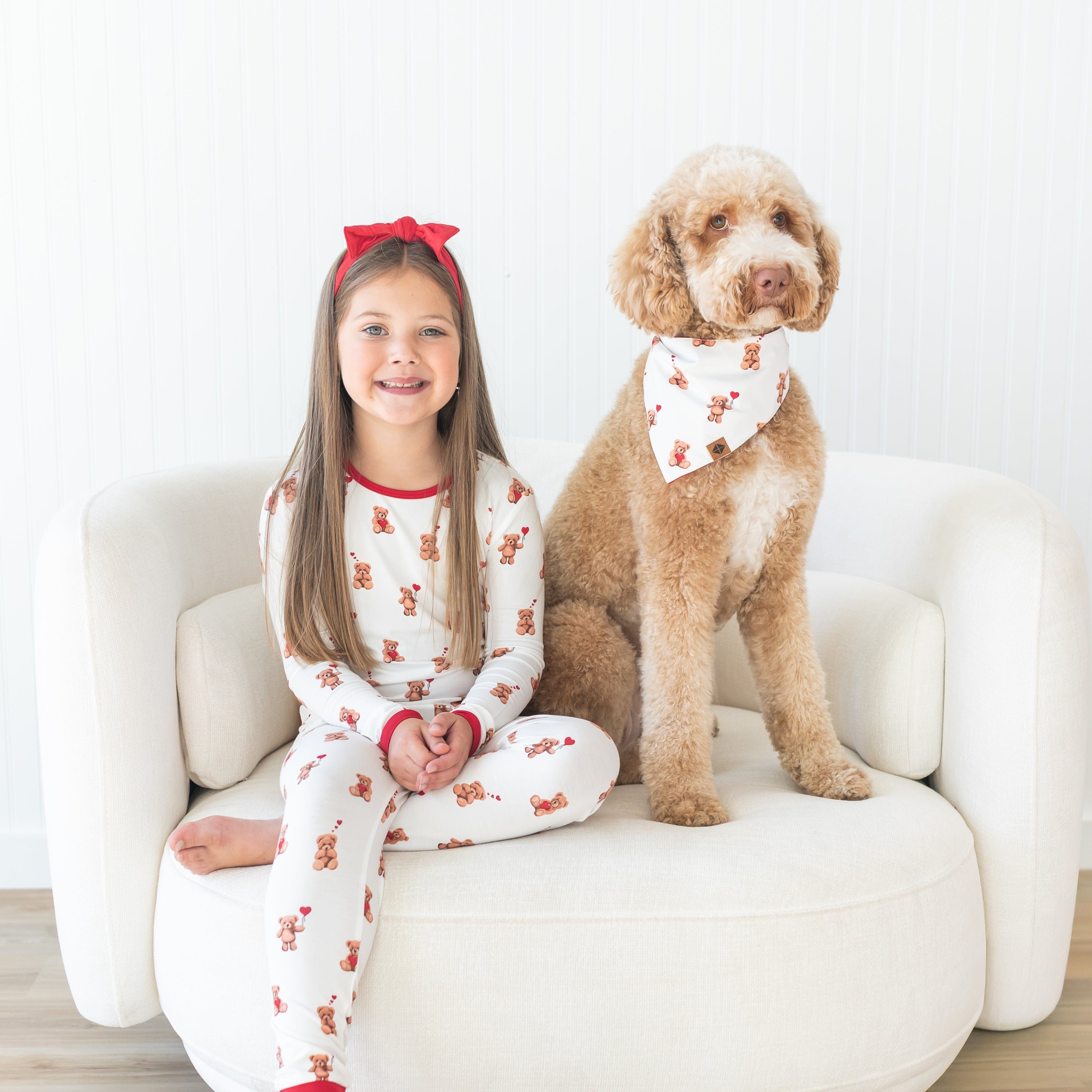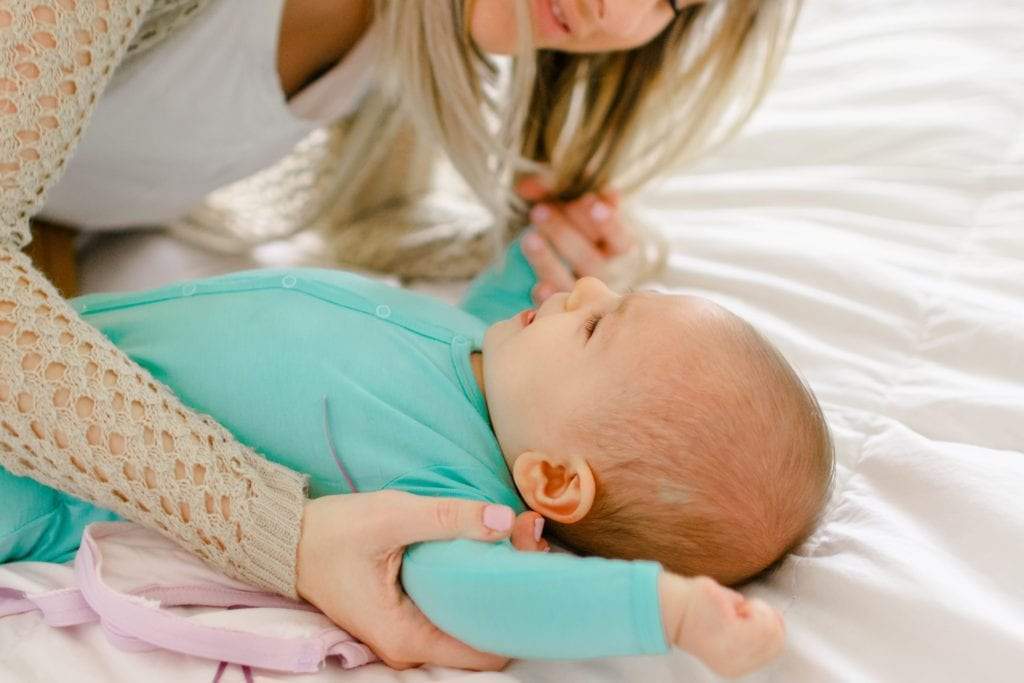Swaddling is by no means a new parenting trend. In fact, parents have been swaddling children in various cultures for thousands of years. Their reasons for doing so ranged from shaping the child’s body, to superstitious beliefs, to simply comforting the baby.
Swaddling disappeared from the public consciousness for a while due to its unfortunate connections to neglectful nannies in the 1700s. The image of such a minder leaving a baby alone, swaddled for hours, unable to move its hand or feet, was common.
Thankfully, swaddling has returned to mainstream culture, and swaddling now is more symbolic of a caring mother bonding with her newborn child than a frustrated babysitter leaving a newborn to its own devices. Recent studies reinforce the many benefits of swaddling:
Swaddling and Safety
When you are swaddling your baby to put them to sleep, always make sure to place them on their back. This is simply common sense parenting, as the connection between stomach sleeping and Sudden Infant’s Death Syndrome (S.I.D.S) is well-documented. As long as you remember this one safety measure, your baby is sure to enjoy a relaxing night of safe and deeply comfortable sleep.
How to Swaddle
Now that you are looking forward to swaddling your newborn, how do you go about it? Here are some easy steps to follow that teach you how to swaddle:
- Lay your swaddle blanket down in a diamond shape. Fold one edge down: this is where your newborn’s head will be.
- Place the baby inside the diamond shape.
- Wrap one side where the baby’s arm are, then wrap the side at the bottom (the opposing side to the head). Tuck each side in as you go. The final side is one of the two arm edges.
- Make sure that when you wrap the bottom edge, there is room for the newborn to move their leg’s and feet around. Make him or her cosy, not airtight!
- Always consult a detailed online swaddling guide if you’re uncertain about any step.
When Should You Stop Swaddling?
While swaddling is a wonderful way of getting your baby to sleep soundly, there is a time to stop doing it. When your baby starts to roll over in their crib, it’s time to transition to a sleep bag. On average, you should stop swaddling your baby when it reaches approximately three or four months old. Alternatively, when your newborn outgrows its Moro reflex (when your baby startles and wakes themselves up; the sign of a healthy developing nervous system) is a good time to stop.
Swaddles Have Many Uses
You’ll be glad to know that your new swaddle blanket can be used for many things aside from actual swaddling. They can be used as nursing covers, carseat covers, or even a cute scarf. Here at Kyte Baby we make swaddles that are so adorable you’ll no doubt find many ways of using them with your baby, particularly because they are long and have a natural knit stretch.
Not only this, but traditional swaddling clothes are made from muslin, which can have a very itchy texture to it. This isn’t particularly breathable or comfortable for your newborn. Luckily, all of our swaddles are made from bamboo knit fabric, which is lovingly crafted to create an incredibly soft finish. You will hardly be able to tell the difference between our bamboo swaddles and a cashmere or silk sweater! Your newborn will absolutely love being wrapped up in it, and will likely fall asleep before you’ve even had a chance to switch the light off!





















